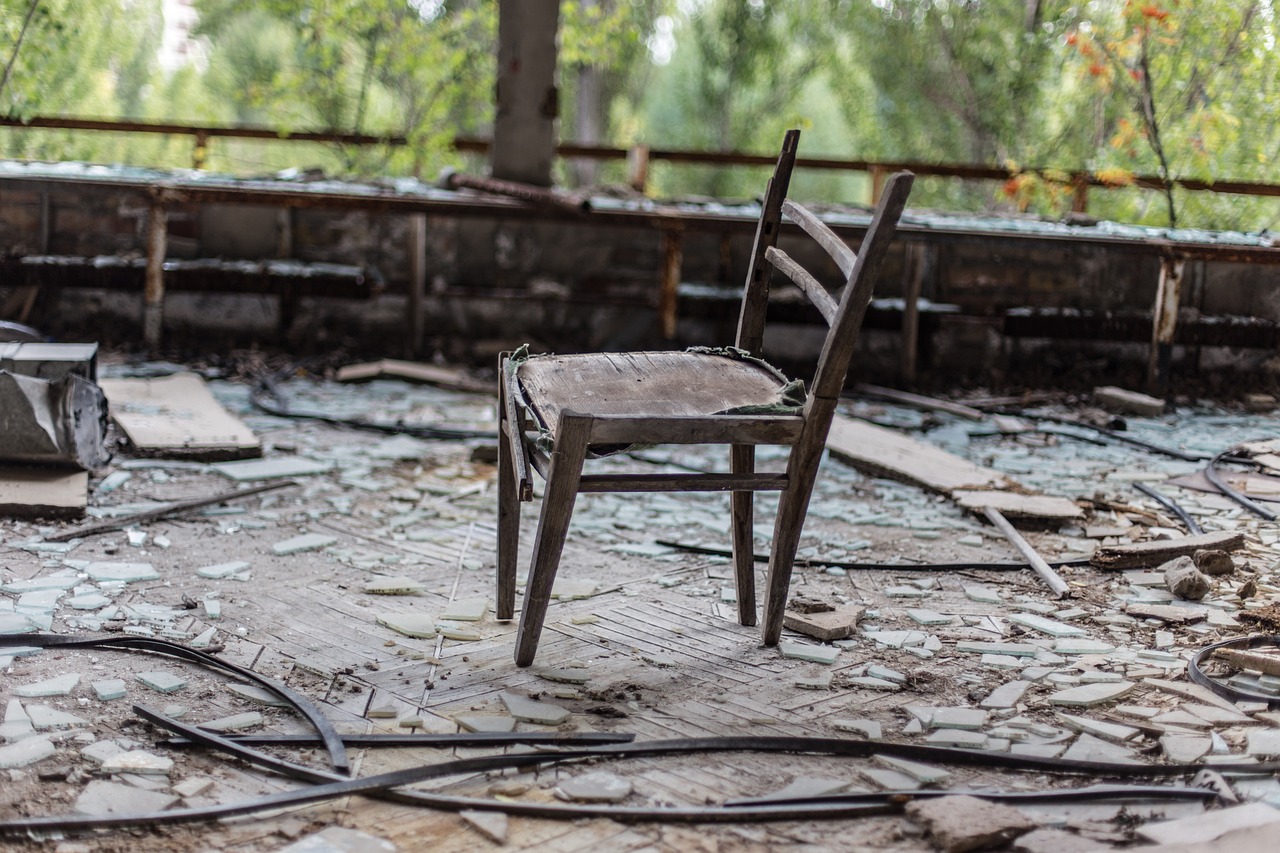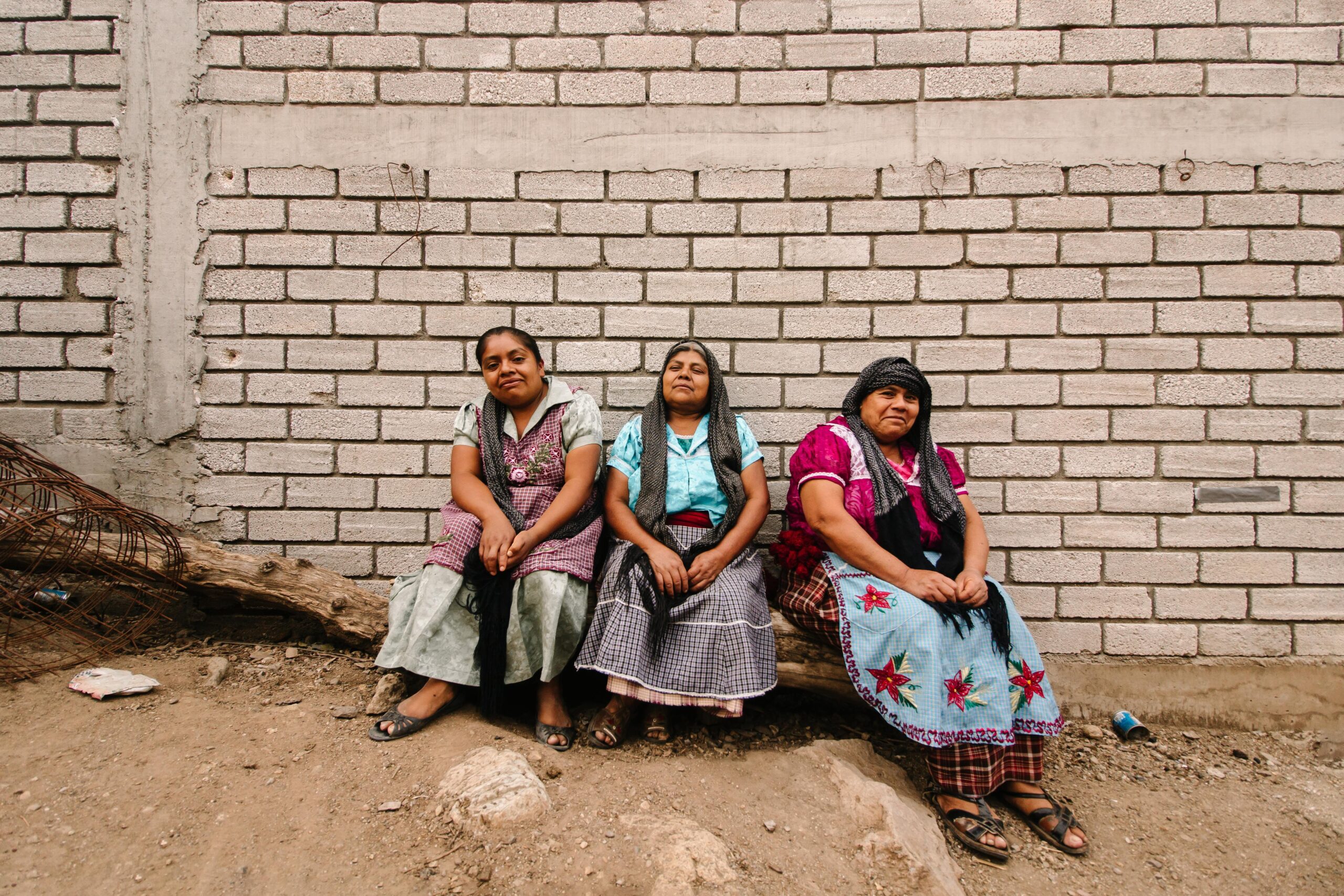By Tim Neuhaus
The Russo-Ukrainian war has been raging for more than one and a half years. By now, everyone knows who is fighting the war in Ukraine, and if you ask them, they would most likely respond to you that Russia and Ukraine are fighting it. This goes hand in hand with many of the media headlines that are being broadcast. And it is also, in some sense, factually accurate.
“Russia Attacks Ukraine: Putin’s Forces Attack Ukraine”
(NYtimes 23.02.2022)
This is a very superficial analysis, on the other hand. It fits traditional international relations theories that place the state at the centre of global politics and security policy, thereby making human bodies “invisible. Instead, humans and their bodies should be at the centre of the analysis of war. This would give us a more holistic picture of the war, which would help us make the right decisions. Bodies are at the core of security. They can be perpetrating violence against other bodies, and they are the instance that feels the pain of war. Furthermore, it gives us a deeper understanding of the war, which includes its gendered and inequal effects, and prevents us from too quickly falling for a binary perpetrator-victim paradigm. Bodies should become the “focal point, central to practices of security and International Relations,” as has been argued by Lauren B. Wilcox.
Analysis of how the war occurs between bodies would show us that not states are at the centre of harming each other in the Russo-Ukrainian war. Instead, it would highlight that Russian and Ukrainian soldiers inflict pain on each other. This shows the human cost and embodied suffering the battle is creating. In my experience, such narratives are less present in the news than the tiny land gains each site has achieved since the beginning of this year. News pieces that have humans in their focus very quickly show the pain the war creates. A video stuck in my head in connection to this is a visit to a field hospital by the NY Times. The video quite bluntly shows how humans are suffering with their bodies in pain.
Not only the bodies of soldiers are experiencing the war. Other types of embodied experiences exist. These experiences show that the war occurs not only along the frontline but also behind it, even in countries that are not directly involved in the war. It would allow us to incorporate the experience of people in the Global South suffering under the Russian attacks on Ukrainian grain exports or poorer people in Europe who struggle to afford higher energy prices.
The impact of war is gendered, as the war experience has, in many cases, taken different paths due to the gender of a person. Men between the ages of 18 and 60 are banned from leaving Ukraine. They can also be mandatorily drafted for the army. Another gendered aspect is connected to the experiences of female soldiers in the Ukrainian military who, for example, face stigma and struggle to get fitting equipment. And the experience of war can also be different for people of the LGBTQI+ community, as outlined by a Guardian article from 2023. Doing an embodied analysis could also help to overcome stereotypical views on connecting women with peace and men with war.
Looking at the individual’s experience also gives us a very different answer to who is the victim and perpetrator in this war. Analysing the state level shows that Russia is clearly responsible for the war and is a clear perpetrator. On the level of the individual soldier, on the other hand, the picture is less clear. Hundreds of thousands of men have been mandatorily drafted into the Russian Armed Forces. Many of them are victims, as they were often conscripted against their will. This does not mean that they are no perpetrators anymore. They are still perpetrators, as they are participating in an invasion in which Ukrainian soldiers and civilians are killed. It is time to leave the victim-perpetrator binary behind us, as argued by Sanna Weber, because, in many cases, there can be a mixture between victimhood and perpetration embodied by one person.
Analysing and discussing wars only on the level of the nation-state is another root cause for them, as it leaves the horrible human experiences out of the equation. If human (in)securities were placed at the centre of decision-making, wars would probably be less likely to occur, and they would likely last a lot shorter, as it would be harder to justify going to war. This conclusion has a lot of truth attached to it, not only for decisions of a military nature but also for other types of (in)security. Security should be focused on humans and not on states.
Cover illustration by @Wendelin_Jacober




